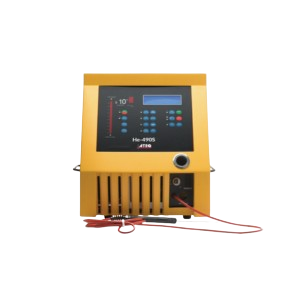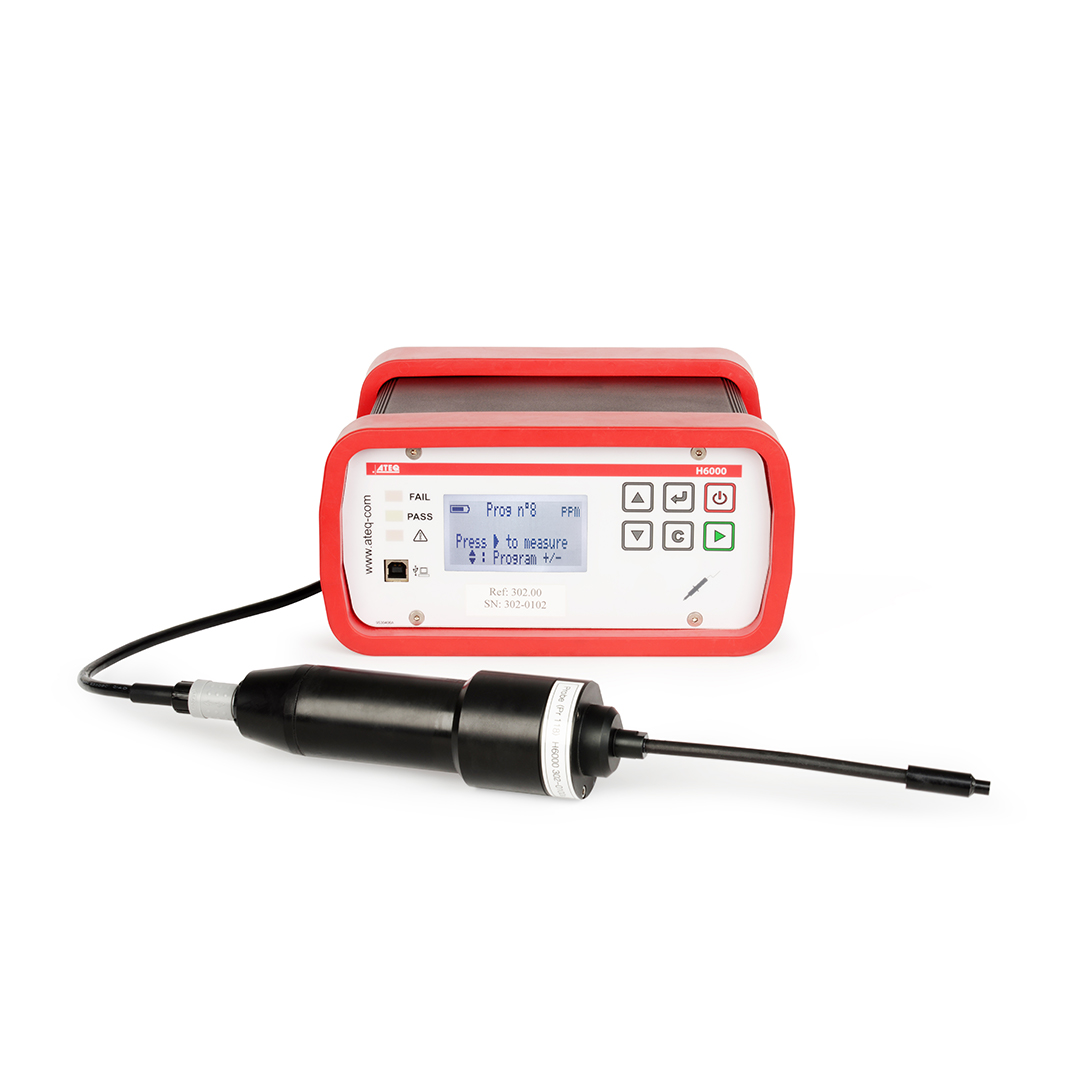WHAT IS TRACER GAS LEAK TEST?
Tracer gas leak testing is a highly sensitive method for detecting leaks by using a gas, such as helium or hydrogen, to pinpoint even the smallest leak locations. The tracer gas is introduced into or around the object, and specialized detectors are used to identify the gas as it escapes. This method includes techniques like sniffing, bombing, spray and vacuum leak testing, each suited for specific applications and needs.
Tracer gas leak testing is a highly sensitive method for detecting leaks by using a gas, such as helium or hydrogen, to pinpoint even the smallest leak locations. The tracer gas is introduced into or around the object, and specialized detectors are used to identify the gas as it escapes. This method includes techniques like sniffing, bombing, spray and vacuum leak testing, each suited for specific applications and needs.







